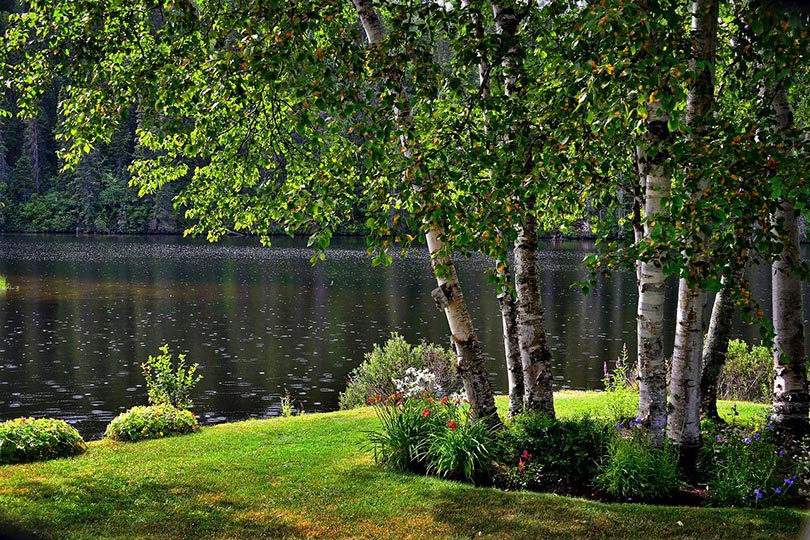
If you are like most coffee lovers, sitting around wondering what you can do with your used coffee grounds is a routine occurrence. No one wants to simply throw something into the trash can if it can be useful for the world around us. Luckily, our spent coffee grounds are great for a few things, especially our trees.
Using coffee grounds around your yard is something people have been doing for quite a while now but knowing which trees like coffee grounds will ensure you don’t do anything to harm any of the life growing on your property. Let’s take a look at 7 trees that like the addition of coffee grounds and a few tips for doing things the right way.
Top 7 Trees That Like Coffee Grounds
1. Magnolia Tree
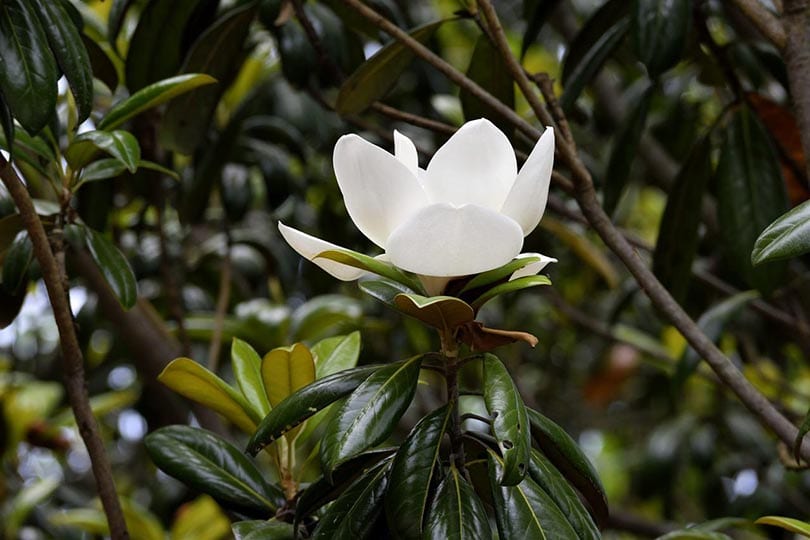
| USDA Hardiness Region: | 4-9 |
| Sun: | Full sun/Partial shade |
| Placement: | As shade trees or garden borders |
Magnolias are often called Southern trees but can be grown anywhere throughout the US. This species has both an evergreen and deciduous variety. The evergreen, however, prefers a more acidic soil which means using coffee grounds as fertilizer can make your tree happier and help it flourish.
2. Flowering Dogwoods
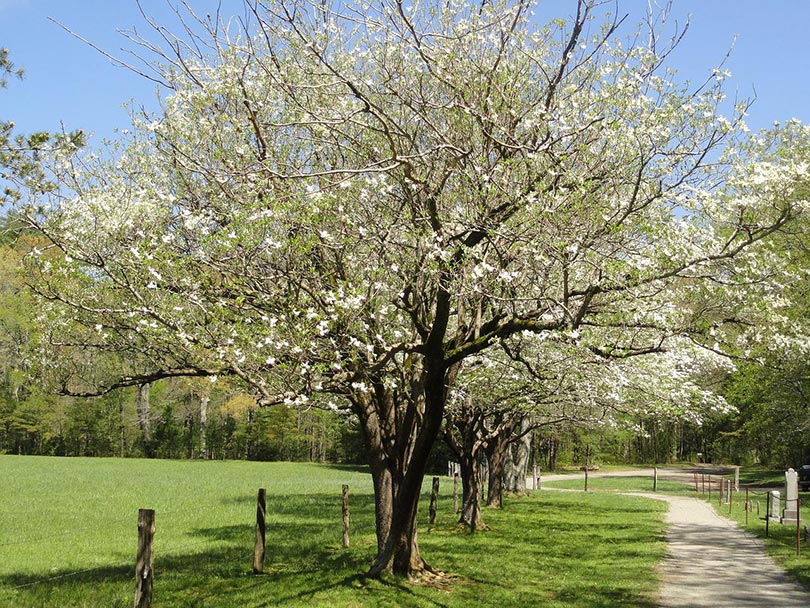
| USDA Hardiness Region: | 2-9 |
| Sun: | Full sun to full shade (determined by variety) |
| Placement: | Decorative or garden border |
Possibly the biggest appeal of a dogwood tree is its beautiful white or pink blossoms. Found throughout the US, this tree is quite popular and does well in slightly acidic soil. Coffee grounds can be used to help get your soil to the proper pH level for productive dogwoods but use it with caution as not all varieties of dogwoods enjoy highly acidic soil.
3. Willow Oak
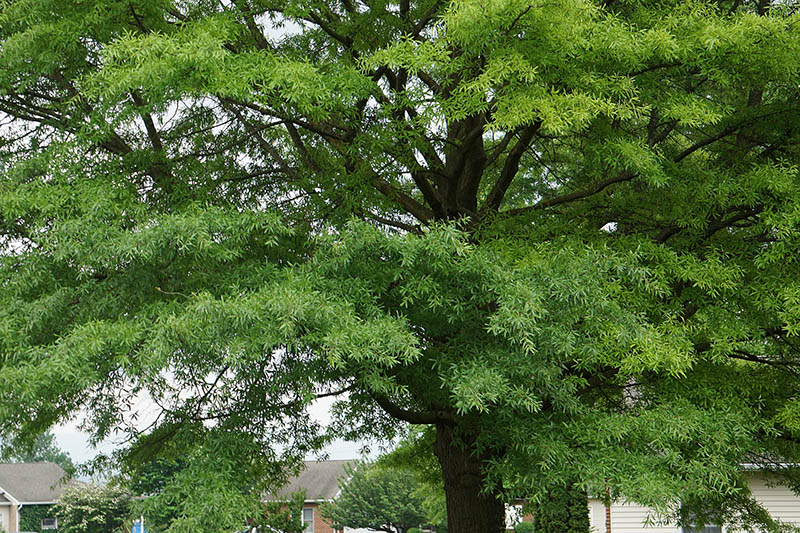
| USDA Hardiness Region: | 5-9 |
| Sun: | Partial |
| Placement: | Shade trees (quite large) |
Willow oaks need a lot of room to grow. While these trees can be a little difficult to deal with and do not require a lot of fertilization, coffee grounds can help get the soil prepared before you plant. Test your soil levels, and if a bit of acidity is needed, use coffee grounds instead of harsher fertilizers.
4. Pine Trees
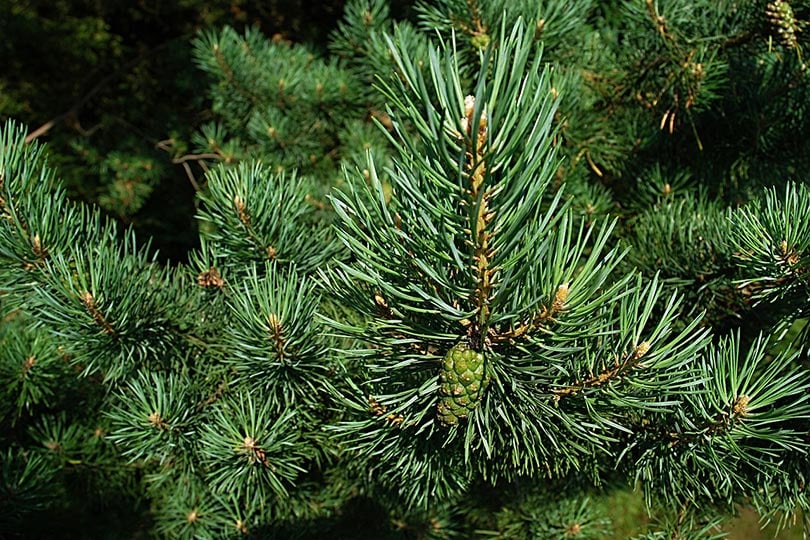
| USDA Hardiness Region: | 8 and below |
| Sun: | Partial |
| Placement: | Shade or borders (quite large) |
There are several varieties of pine trees out there and the majority of them prefer acidic soil. If you’re attempting to plant a few pines around your home, whether it be for decoration or a border, consider using a few coffee grounds to help with the levels of acidity in your soil.
5. American Beech
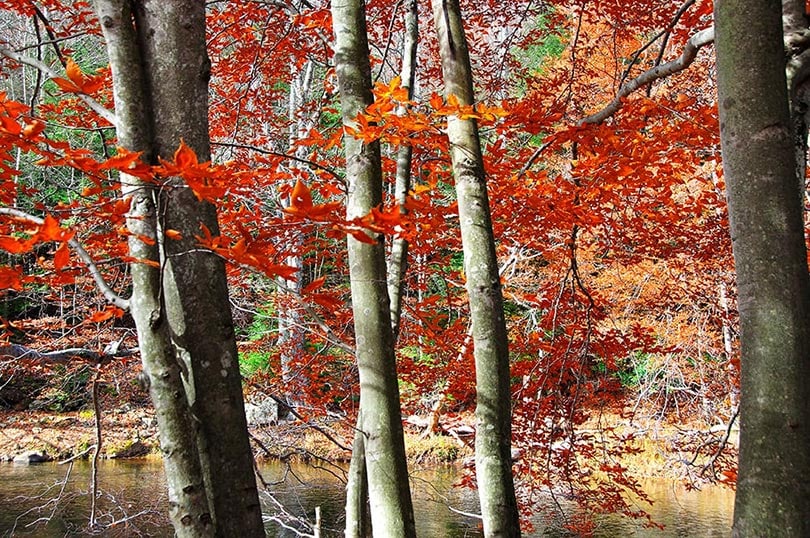
| USDA Hardiness Region: | 3 to 9 |
| Sun: | Partial |
| Placement: | Shade trees |
You most likely see the American Beech tree everywhere you go. These trees, although they grow slow, are hardy, large, and everywhere. If you’re attempting to grow a beech tree on your property, coffee grounds are a great way of helping them out. It won’t change much when it comes to the slow-growing process but any help your trees can get should be welcomed.
6. Birch Tree
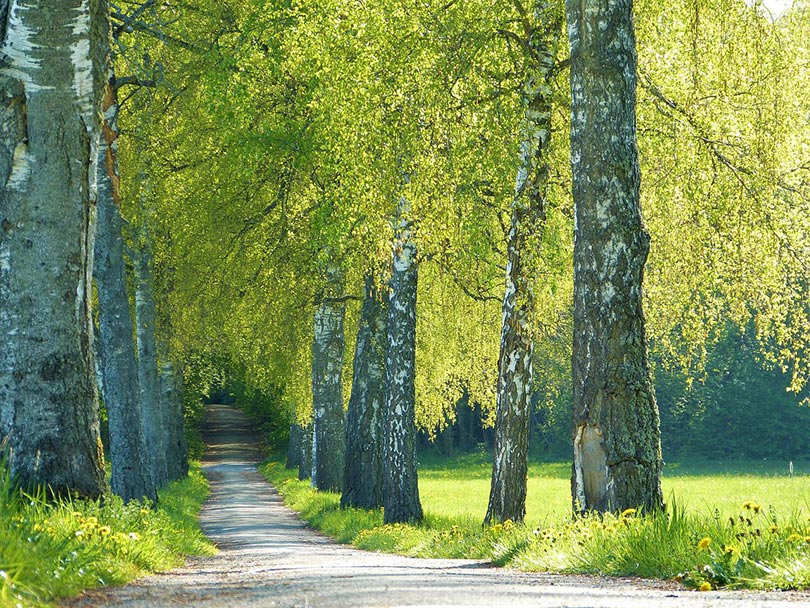
| USDA Hardiness Region: | 2-7 |
| Sun: | Partial |
| Placement: | Shade or yard borders |
The birch is another popular tree found throughout most of the US. These trees can grow tall and strong making them ideal for use along the border of your yard. As a relative to the beech and oak tree, this is another that prefers a bit of acidity in their soil. With a few coffee grounds, you can give them what they’re looking for.
7. Citrus Trees
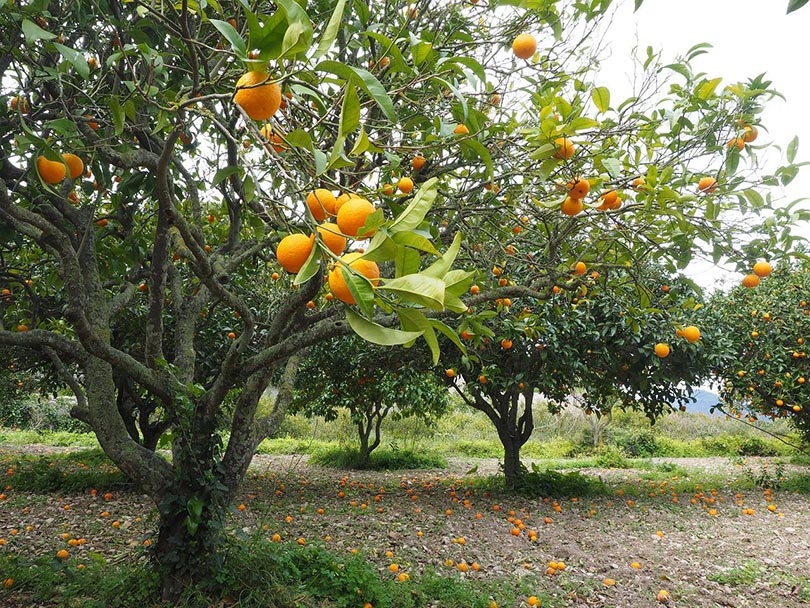
| USDA Hardiness Region: | Varies |
| Sun: | Varies |
| Placement: | Varies |
Most varieties of citrus trees enjoy a little extra help from coffee grounds. Whether you have lemon, orange, or lime trees, adding coffee grounds to your compost or offering a light sprinkling here and there is a great way to add the acidity these trees need to flourish.
Why Certain Trees Like Coffee Grounds
Now that we’ve taken a look at a few trees that enjoy coffee grounds for a bit of nourishment, let’s explain why. Did you know your used coffee grounds, the ones left behind after you’ve brewed a pot of coffee, are high in nutrients? Those same nutrients are vital for trees and other plants to thrive. Nitrogen, phosphorus, copper, and magnesium are all tossed away when you trash your spent coffee grounds. Instead of using the garbage can, take a few of your spent grounds out to your freshly planted trees and plants to give a bit of fertilization. They can even help out older trees that could use a little pick-me-up.
Coffee Grounds and Your Soil
While the nutrients in coffee grounds are great for trees, they can also help with your soil. As we’ve mentioned above, certain trees, like those on this list, prefer acidic soil. This means they prefer a bit more hydrogen ions than other species. If you’re concerned about the acidity of your soil, considering it helps determine whether trees and plants thrive or not, there are tests you can perform that will tell you your pH balance which determines the acidity.

Coffee Grounds as a Repellent
Yes, all the nutrients in coffee grounds are great for trees and plants, but it also helps protect them. Coffee grounds are a natural repellent to slugs and snails which can be harmful to certain trees. They’ll also help keep other bugs at bay. If you have issues with the neighborhood kitties using your trees as part of their litter box, coffee grounds around your property can help with that issue too.
Tips for Using Coffee Grounds on Your Trees
Now, let’s go over a few tips on how you should use coffee grounds around your lawn and garden to help your new and established trees.
Consider Composting
Composting is one of the safest ways to use coffee grounds on your soil and plants. If you have a composting pile, simply add your used grounds to it. Over time, the coffee grounds will break down with the other composting materials and provide the added nutrients your soil and trees need. This helps keep from making your soil too acidic and stops the grounds from blocking any moisture from seeping down. When your compost is ready, simply use it like normal and your trees will reap the benefits of your coffee grounds.
Use Sparingly
If you don’t compost and still want the benefits of coffee grounds, don’t give up hope. You can still take your used grounds out to sprinkle around your trees. The trick is not to do it too often or apply too much. Only use about ½ inch of coffee grounds when you mulch around your trees. This will help avoid quick molding and other issues.
Avoid Fresh Coffee Grounds
While you may think grabbing a can of store-bought coffee is the perfect way to give your trees a boost, that’s not the case. If you use fresh coffee grounds on your trees you could cause more harm than good. These types of grounds can block moisture and even make the soil far too acidic. Only use coffee grounds from already brewed coffee!
Conclusion
If you’re a gardener who enjoys a cup of coffee each day, these trees are perfect for your yard. Using your used coffee grounds can help them flourish and look their best. If you’re ready to put your coffee waste to good use, follow our helpful tips and before long you’ll feel better about your carbon footprint and the trees outside your window.
Featured Image Credit: AlainAudet, Pixabay














